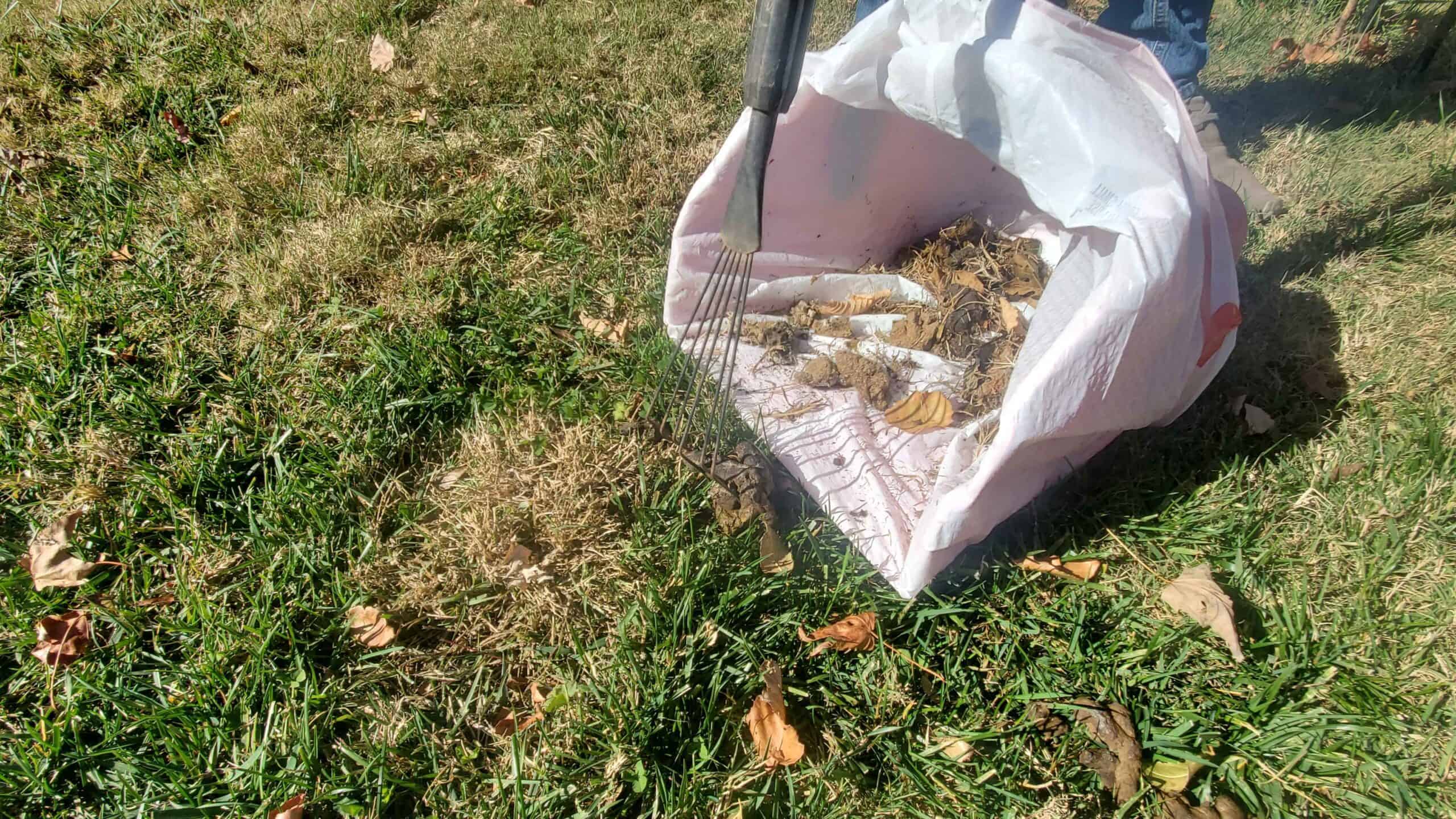Mulching Leaves: A Sustainable Approach to Lawn Maintenance in Kansas
In the autumn, Kansas landscapes transform into a tapestry of vibrant colors as deciduous trees shed their leaves. Traditionally, homeowners engage in the annual leaf removal ritual to maintain their lawns' aesthetic appeal. Do you? An alternative and eco-friendly practice is mulching leaves directly into the lawn. This method simplifies the labor-intensive task of raking and offers a range of benefits for soil health and water conservation. Let’s learn more.
Benefits of Mulching Leaves
Mulching leaves directly into the lawn is a natural and cost-effective way to enrich the soil with essential nutrients. As the leaves decompose, they release valuable elements such as nitrogen, phosphorus, and potassium, acting as a nutrient-rich fertilizer for the grass. The decomposition process of mulched leaves enhances soil structure. Leaves act as an organic amendment, promoting better water retention and aeration. This is particularly beneficial in Kansas, where the climate can be characterized by periods of drought. DID YOU KNOW: Improved soil structure helps the lawn withstand dry spells by ensuring better moisture absorption and retention.
Leaf Removal for Weed Suppression
Mulched leaves form a protective layer over the soil, acting as a natural weed barrier. This layer helps suppress weeds' growth by blocking sunlight and hindering their access to the soil. This reduces the need for chemical weed control and promotes a healthier and more resilient lawn. Kansas, like many other regions, faces challenges related to water conservation. Mulching leaves into the lawn plays a crucial role in this aspect by reducing the need for additional irrigation. The organic matter from the leaves retains moisture in the soil, creating a more water-efficient environment for the grass to thrive.Temperature Regulation
Mulched leaves provide insulation to the soil, helping to regulate temperature extremes. In Kansas, where summers can be hot and winters cold, this natural insulation aids in maintaining a more stable soil temperature. This is particularly important for the root systems of grass, which can be adversely affected by temperature fluctuations. Leaf removal before fall helps eliminate excessive lawn maintenance requirements. It can also improve your home’s curb appeal, making it more beautiful, valuable, and safer for guests.Promoting Microbial Activity with Leaf Removal and Mulching
The decomposition of mulched leaves encourages the activity of beneficial microorganisms in the soil. These microbes break down organic matter, contributing to nutrient cycling and soil health. A thriving microbial community supports a balanced and sustainable ecosystem beneath the surface. The protective layer of mulched leaves is also a barrier against soil erosion. This is especially relevant in areas with sloped terrain, where water runoff can be a concern. Mulched leaves help maintain the landscape's integrity and prevent nutrient loss by preventing soil erosion. Mulching leaves directly into the lawn eliminates the need for extensive leaf removal efforts. Traditional raking and bagging can be time-consuming and physically demanding. However, leaf removal simplifies the process, saving homeowners time and effort.
 (316) 435-3509
(316) 435-3509 office@divine-lawns.com
office@divine-lawns.com